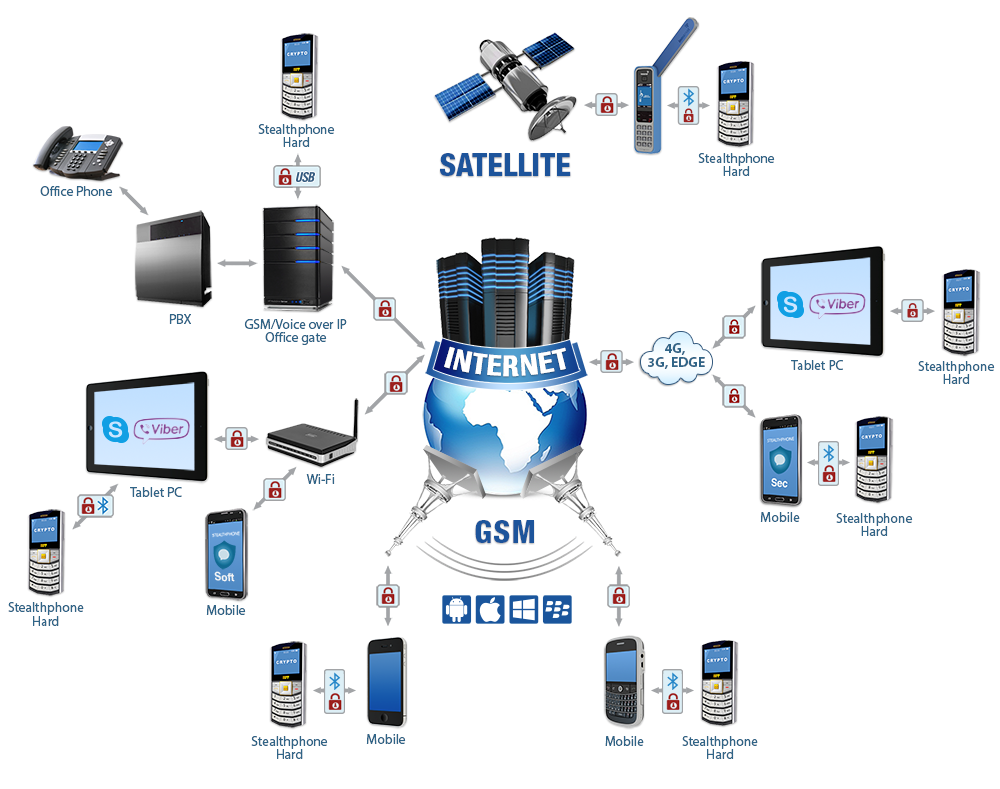Introduction:
Telecommunications is a cornerstone of modern society. It enables us to communicate, access information, and conduct business with ease. Behind the scenes of every call made and every data packet transmitted, a sophisticated network of hardware and equipment makes it all possible. In this comprehensive guide, we will dive into the world of telecom infrastructure, exploring the various components that come together to keep us connected.
Chapter 1: The Telecom Ecosystem
The telecom ecosystem is a complex web of interconnected components. It includes everything from the physical infrastructure to the software and protocols that govern data transmission. This chapter will break down the key players in the telecom world, from service providers to network operators.
Chapter 2: The Backbone of Connectivity – Fiber-Optic Cables
One of the most critical components of telecom infrastructure is the vast network of fiber-optic cables that span the globe. Learn how these glass threads transmit data at the speed of light and make long-distance communication possible.
Chapter 3: Mobile Connectivity – Cell Towers and Base Stations
In a world dominated by smartphones, cell towers and base stations are the unsung heroes of the telecom industry. This chapter will explore the technology that keeps us connected on the go, from 2G to 5G.
Chapter 4: Data Centers – The Heart of Digital Communication
Data centers play a pivotal role in telecom infrastructure by housing the servers and infrastructure that power the internet and cloud services. This chapter will delve into the massive facilities that store and process our digital lives.
Chapter 5: Network Equipment – Routers and Switches
Routers and switches are the workhorses of data networks. Learn how these devices route and manage data, ensuring it reaches its intended destination efficiently and securely.
Chapter 6: Satellite Communication – Connecting the World
Telecom infrastructure extends beyond land-based networks. Explore how satellites orbiting high above the Earth enable global communication, from remote regions to maritime applications.
Chapter 7: Challenges and Future Trends
Telecom hardware and equipment are not without their challenges. This chapter will discuss issues such as cybersecurity, scalability, and the ever-evolving landscape of technology. We’ll also peek into the future to see what innovations are on the horizon.
Conclusion:
Telecom hardware and equipment are the unsung heroes of our interconnected world. From the fiber-optic cables that transmit data at the speed of light to the cell towers that enable our mobile communication, this infrastructure forms the backbone of modern society. Understanding the technology that keeps us connected is not only fascinating but essential in a world where staying connected is more critical than ever.
As we conclude this exploration of telecom hardware and equipment, we hope you have gained a deeper appreciation for the complex machinery that makes modern communication possible. It’s a world of constant innovation and change, and as technology continues to advance, so too will the infrastructure that powers our interconnected lives.
Stay tuned for more insights into the ever-evolving world of telecom infrastructure, where the future is sure to be as exciting as the present.


